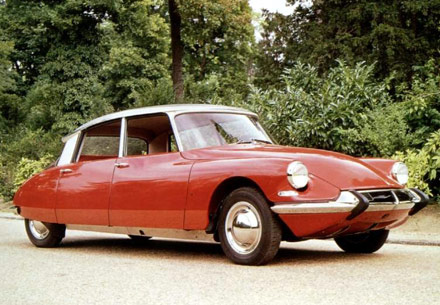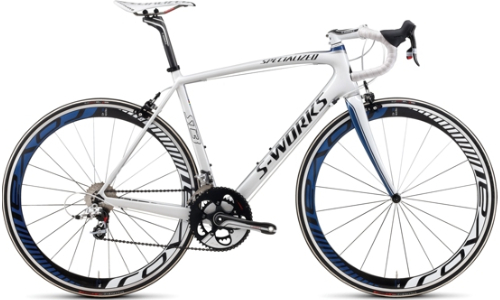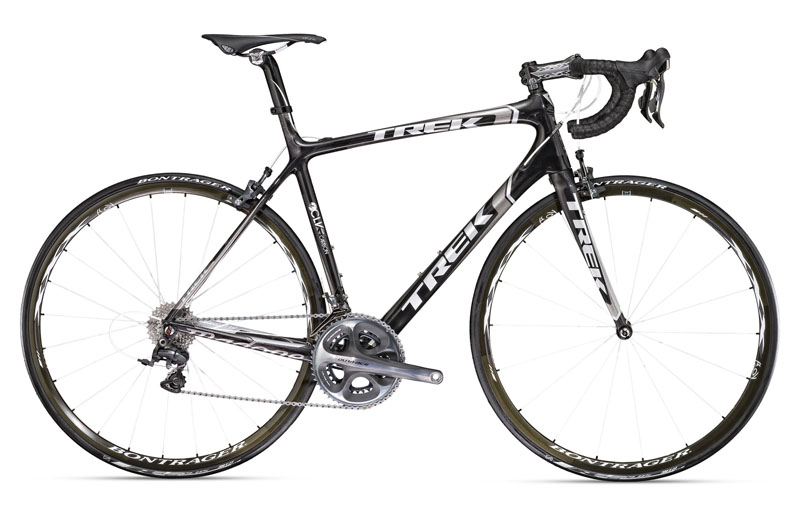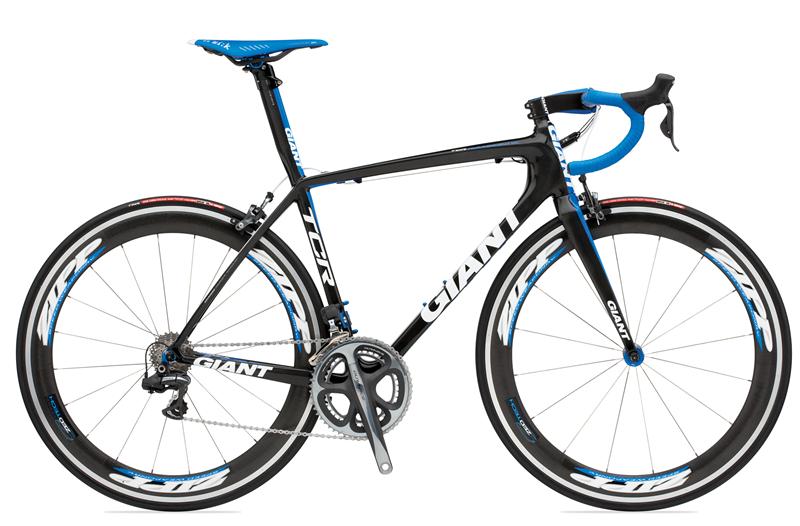Vision vs. Focus Group

In today’s world, it is crucial for companies to listen to their customers. Give customers what they want, and you’ll be successful, the reasoning goes. Combine that with the economies of scale of mass production, and most manufacturers chase the same “average” audience. As a result, more and more products look and perform alike.
It used to be that instead of listening to their customers, companies decided what they thought met the customers’ needs. At first sight, that may seem like a patronizing approach. However, in a marketplace with ample competition, there is a positive side to this. With every company having a different vision, it leads to more choices. It also allows companies to innovate beyond the wildest dreams of their customers.
In the late 1950s, each European car company each had a different vision of the perfect high-end car.

For Mercedes-Benz, that meant swing axles and safety features such as the first crumble zones.

Lancia offered the first V6 engines. They balanced the front engine with the gearbox in the back for better weight distribution and handling.

Citroën believed in a radically different approach with front-wheel drive, hydropneumatic suspension and aerodynamic bodywork.

Their direct competitor Peugeot countered this with sturdy, but unadventurous designs.

Jaguar still stuck with a separate chassis, but offered a race-bred twin-cam engine and great value for money.
The list goes on. Some cars were fast, others spacious. Some handled well, others placed a stronger emphasis on comfort. Each car had a different feel and different features. They all looked different, too. Customers decided which of these visions for the perfect car matched theirs. There was real choice in the marketplace.
Today, most car companies rely on focus groups that tell them what the “average” customer wants. Then each company builds essentially the same car. In fact, J. D. Powers’ famous customer survey considers unusual design features “problems,” and deducts points for them like they would for a manufacturing defect! A New York Times review of a 2010 Subaru noted approvingly that the cars now had lost most of their individualistic features, adding: “One might ask why it took so long to go mainstream.”
It’s the same in the bicycle world. All the big bike companies define the marketplace in the same categories: racing, cyclocross, hybrid/city, cross-country, downhill… Often, the only difference between the competing bikes are the stickers on the down tube. Compare the three “performance road” bikes below, from Specialized, Trek and Giant…



Carbon fiber, sloping top tube, straight fork blades, 23 mm tires. Is there no other way to make a performance bike?
Component makers are the same way: Every “road” group features brake-shift levers, 10- or 11-speed drivetrains and dual-pivot brakes. Everybody is chasing the same “average” customer – the “low-hanging fruit,” as Shozaburo Shimano once called it in an interview in the Rivendell Reader. Unfortunately, that narrows the choices for the rest of us.
Wouldn’t it be refreshing if a company offered a group with downtube shift levers, a 5-speed drivetrain and centerpull brakes? If they offered a low-trail Allroad bike with wide tires, but otherwise equipped like a racing bike? Or if they offered fenders, lights and racks on a high-end randonneur bike, rather than only on relatively inexpensive city bikes?
At Compass Bicycles, we appreciate our customers’ feedback. We love to hear good ideas. We evaluate them carefully and adopt them if they have merit. But we don’t substitute opinion polls for research and careful product design.
Our products reflect our vision of how we like to ride. If you share that vision, you’ll like our products. And if you are looking to equip a carbon-fiber racing bike with all-black 700C x 23 mm tires, you will be able to find suitable components elsewhere.
Acknowledgment: The illustration at the top of this post is by Daniel Rebour.


